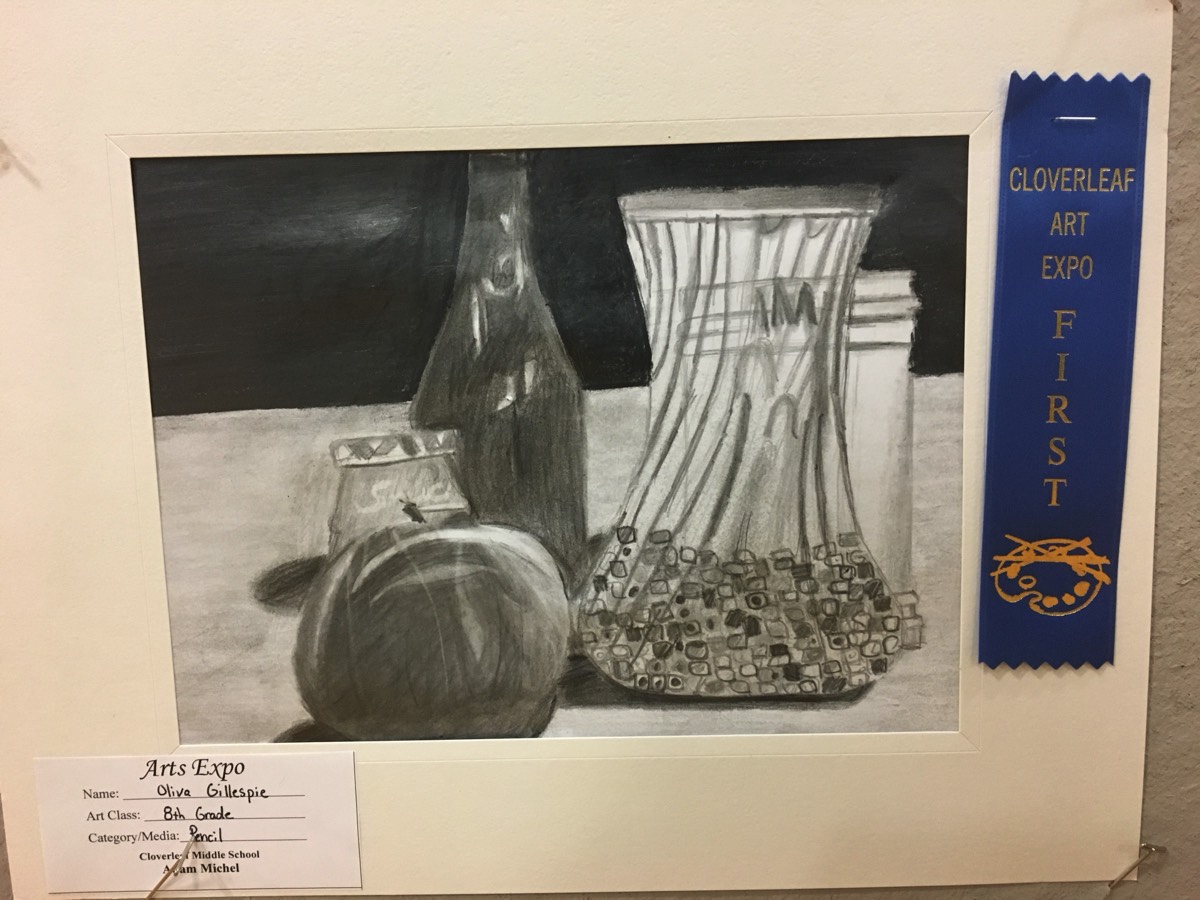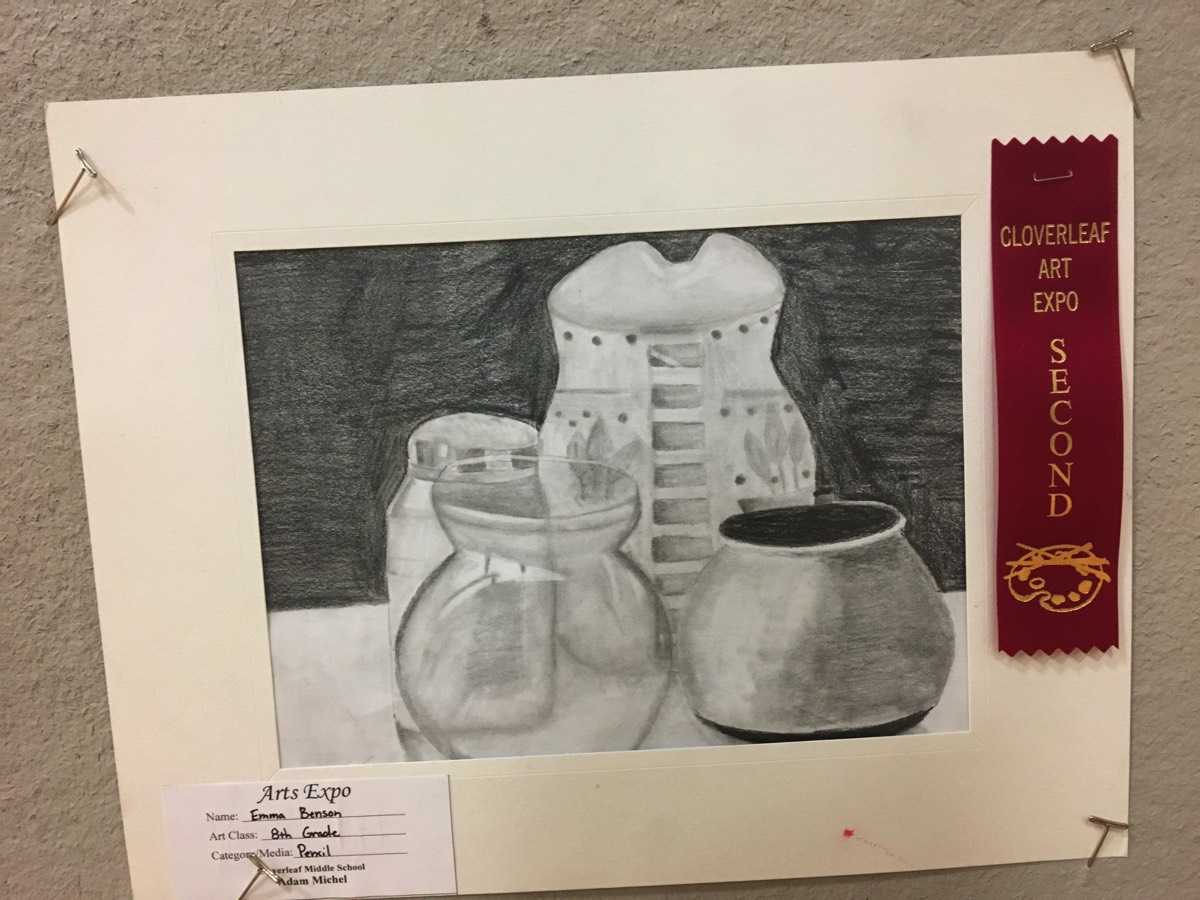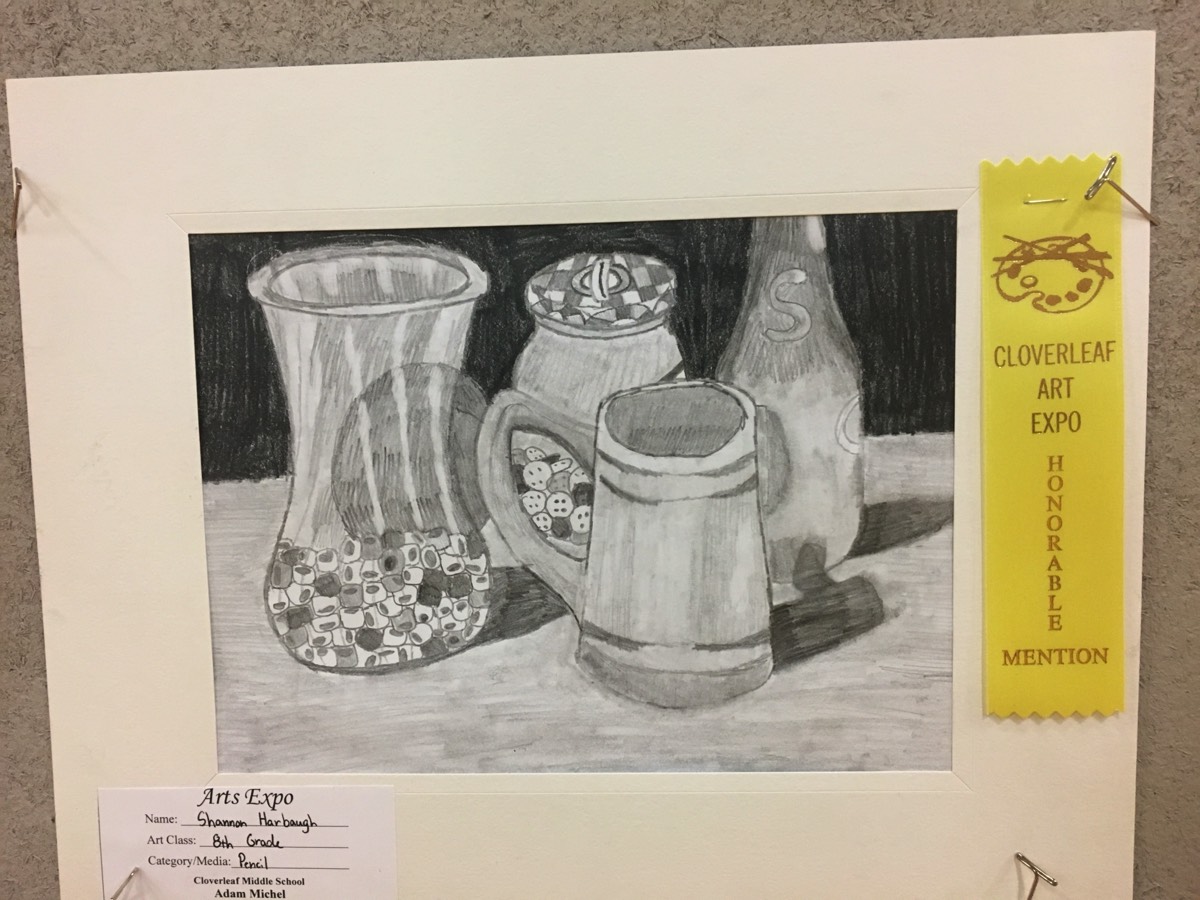Still Life Project
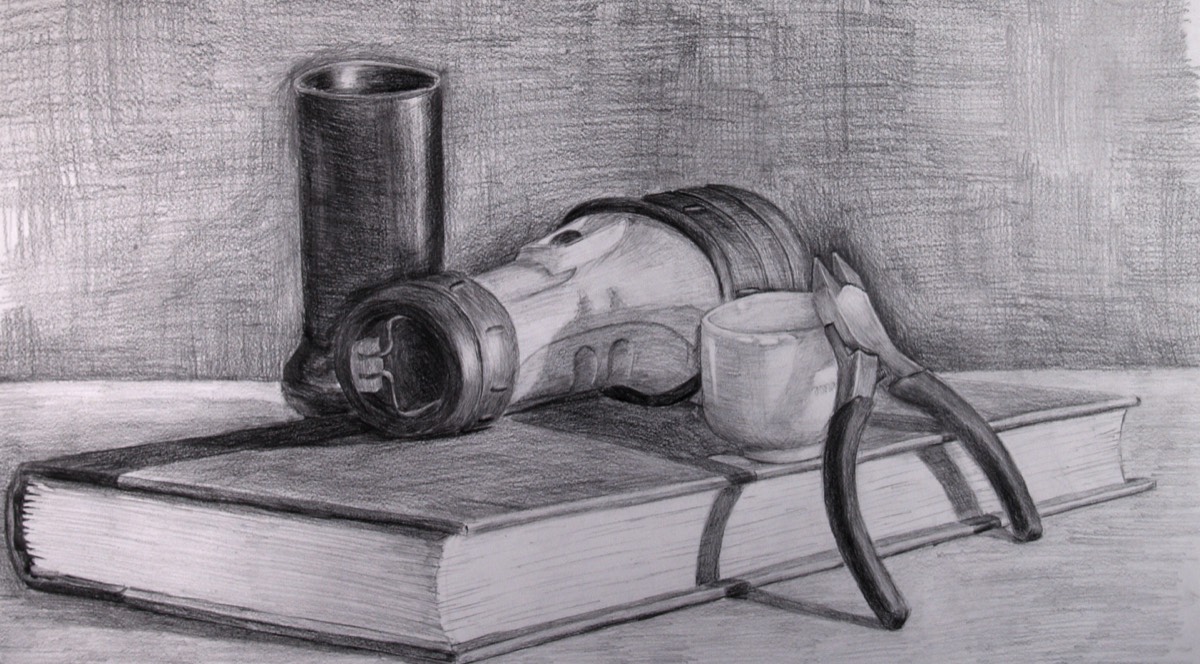
Project Description
In this art project, you will explore the timeless beauty and expressive potential of pencil as a medium while creating a stunning still life drawing. The subject of your drawing will be a carefully arranged arrangement of pencils, a seemingly ordinary object that, when observed closely, reveals intricate details, textures, and subtleties.
Project Goals:
Master Pencil Techniques: Develop your skills in shading, line work, blending, and texture creation using graphite pencils.
Observational Skills: Enhance your ability to observe and capture the intricacies of everyday objects, paying attention to form, shadow, and reflection.
Creativity and Composition: Experiment with composition, placement, and arrangement to create a visually engaging and harmonious still life setup.
Tonal Range: Explore the full range of values from light to dark, emphasizing the importance of contrast in creating depth and dimension.
Project Steps:
Gather Your Materials: Acquire a variety of graphite pencils (ranging from 2H to 8B), drawing paper, an eraser, a blending tool (e.g., tissue paper, blending stump), and a well-lit workspace.
Select Your Pencils: Carefully choose a selection of pencils with different shapes, sizes, and conditions. Consider including sharpened and unsharpened pencils, as well as ones with eraser ends.
Set Up Your Still Life: Arrange your chosen pencils in an interesting and visually appealing composition. Play with different angles, groupings, and lighting to create a dynamic setup.
Initial Sketch: Begin by lightly sketching the basic outlines of the pencils and their arrangement. Pay attention to proportions and placement.
Value Study: Start adding values to your drawing by shading areas that are in shadow and leaving those exposed to light relatively lighter. Pay close attention to the subtle gradations in value.
Detail Work: Gradually work on the finer details of each pencil, focusing on texture, reflections, and any distinctive markings or imperfections.
Refinement: Continuously refine your drawing, adjusting proportions, refining details, and ensuring that your composition is visually compelling.
Final Touches: Pay extra attention to highlights and shadows to create a three-dimensional effect. Use your eraser to add highlights and refine edges.
Critique and Reflection: Step back from your drawing and critically assess your work. Ask for feedback from peers or your instructor, and make any necessary adjustments.
Materials:
Graphite Pencils: Pencils with a variety of hardness grades (ranging from 2H for light lines to 8B for dark shading) will allow you to achieve a wide range of tones. A set that includes pencils from 2H to 6B is a good starting point.
Drawing Paper: Choose high-quality drawing paper that is suitable for pencil work. A heavier-weight paper (around 90-140 lb or 190-300 gsm) is ideal as it can handle pencil shading and erasing without smudging or tearing.
Eraser: An eraser is essential for corrections and highlights. You may want both a soft kneaded eraser (for gentle removal of graphite) and a harder eraser (for precise erasing of fine lines).
Blending Tools: You can use various blending tools to create smooth transitions between different pencil values. Options include blending stumps, tortillons (paper blending sticks), or even tissue paper.
Drawing Board: A drawing board provides a sturdy surface to work on and helps prevent the paper from bending or creasing. You can use a clipboard, a piece of Masonite, or a dedicated drawing board.
Pencil Sharpener: Keep your pencils sharp for fine detail work. A good quality handheld pencil sharpener or an electric pencil sharpener is recommended.
Light Source: Adequate lighting is crucial for accurate observation and shading. Natural daylight or a good-quality adjustable desk lamp with a daylight or cool white bulb is ideal.
Set-Up Objects: Decide on the objects you want to draw for your still life composition. These could be everyday items like fruit, flowers, books, or, as in your previous request, pencils. Arrange them in a visually interesting way.
Optional materials that can enhance your still life drawing experience:
Fixative Spray: If you want to protect your finished drawing from smudging, you can use a workable fixative spray. Be sure to use it in a well-ventilated area.
Drawing Easel: An easel can make it easier to work on your drawing at an upright angle, which can be more comfortable for some artists.
Masking Tape: To secure your paper to the drawing board and create clean edges.
Reference Materials: If you're working on a specific theme or subject, reference photos or objects related to your still life can be helpful for accuracy.
Learning Objectives
Observational Skills:
Drawing Techniques:
Proportions and Scale:
Value and Tone:
Composition:
Depth and Perspective:
Rubric
Rubric:
Rubrics have become popular with teachers as a means of communicating expectations for an assignment, providing focused feedback on works in progress, and grading final products. A rubric is a document that articulates the expectations for an assignment by listing the criteria, or what counts, and describing levels of quality from excellent to poor.
The rubric for the still life project can be viewed, downloaded and printed below. Enjoy
Rubrics have become popular with teachers as a means of communicating expectations for an assignment, providing focused feedback on works in progress, and grading final products. A rubric is a document that articulates the expectations for an assignment by listing the criteria, or what counts, and describing levels of quality from excellent to poor.
The rubric for the still life project can be viewed, downloaded and printed below. Enjoy
Element of Art
Value:
The lightness or darkness of tones or colors. White is the lightest value; black is the darkest. The value halfway between these extremes is called middle gray.
Artist: J.D. Hillberry
J.D. Hillberry has a natural ability and strong desire to draw surfaced early in his life. While growing up in Wyoming, he began developing his own techniques of blending charcoal and graphite to give a photo realistic look to his drawings. J. D. uses this monochromatic medium to focus the viewer's attention to the drama of light, shadow, and texture without the added influence of color. Throughout his career, He has tried to push the limits of realistic expression with drawing. After moving to Colorado in 1989, Hillberry began experimenting with trompe l'oeil drawings. Traditionally, this type of artwork is done with oils, but he has successfully rendered images so realistically, they fool the eye into thinking that real objects are displayed in a shadow box frame. Working out of his studio in Erie, Colorado, J. D. Hillberry continues to expand the public's perception of drawing.
Project Example
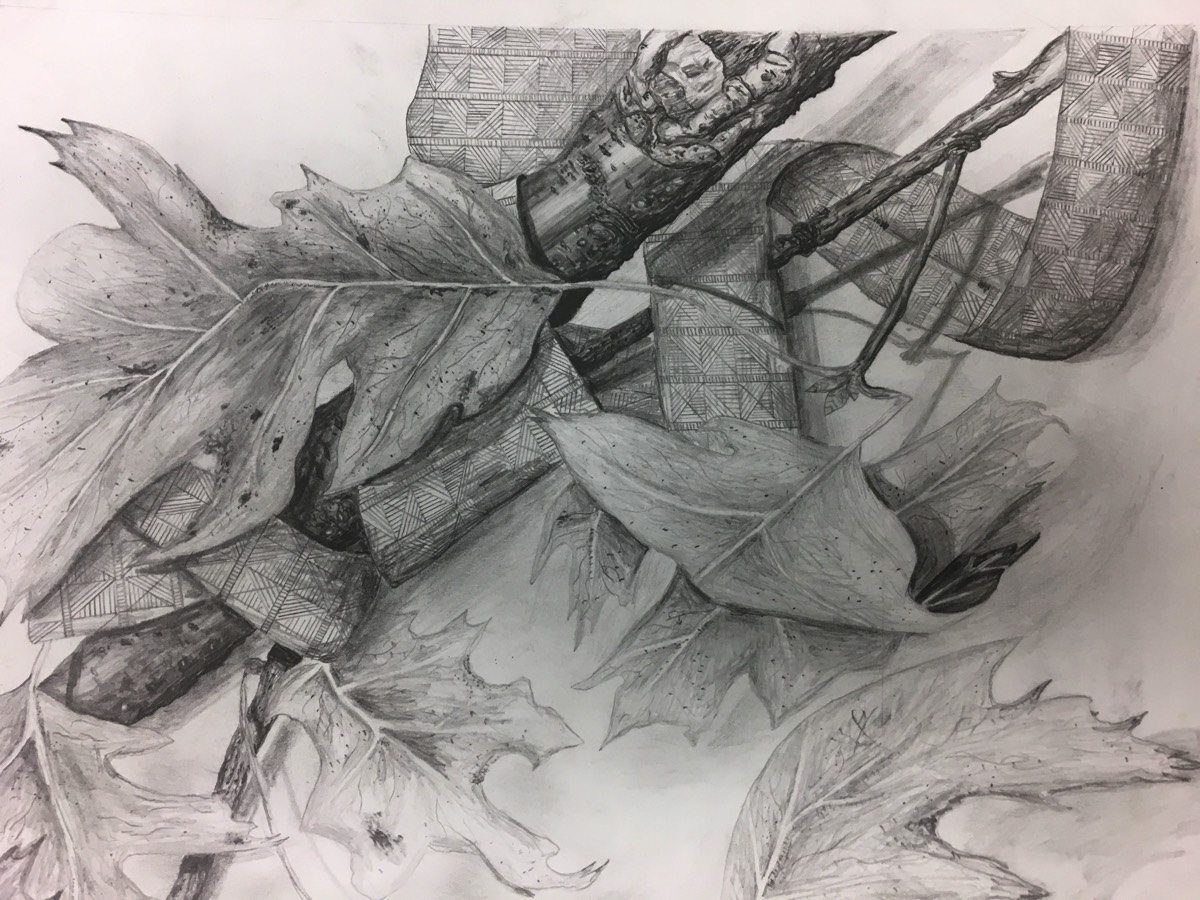
Project Demonstration
Project Demonstration
Student Work
You're Ready to Start Your Project.
Project Submission

Still Life Comments
- 1
- 2
- 3
- 4
- 5
- 6
- 7








